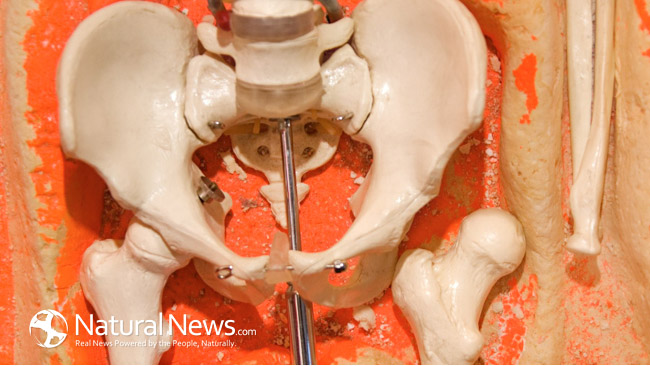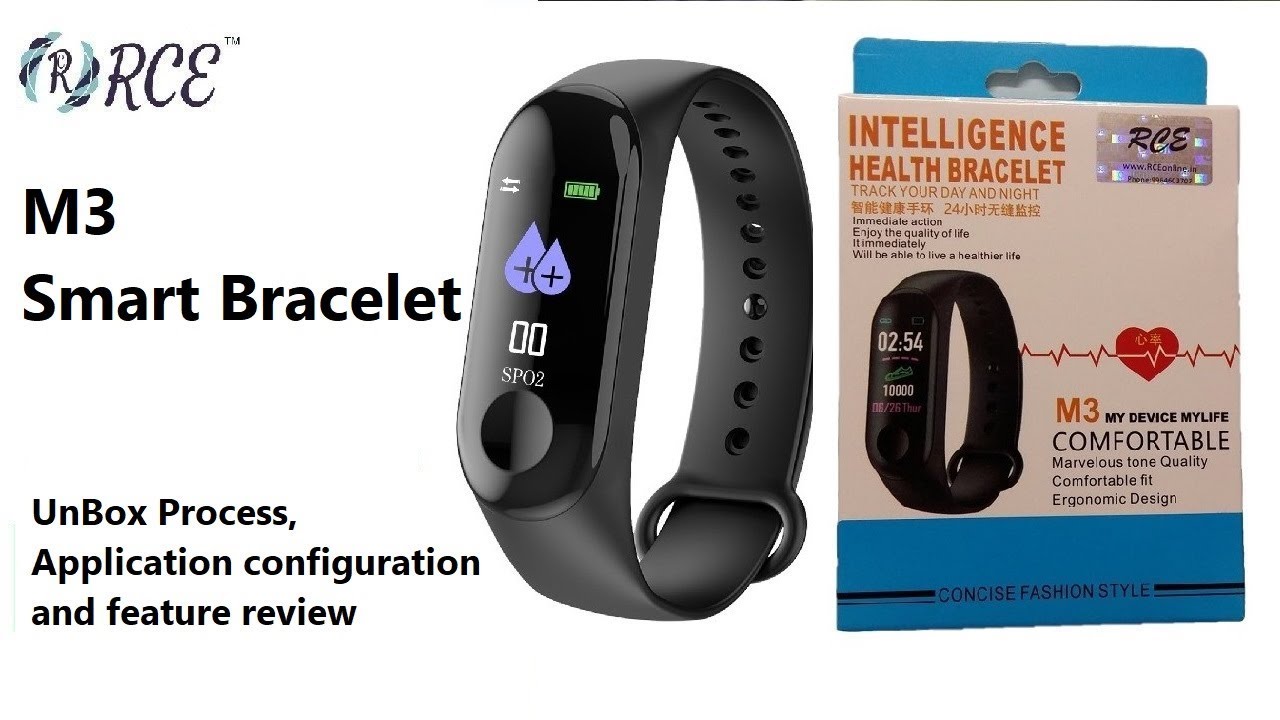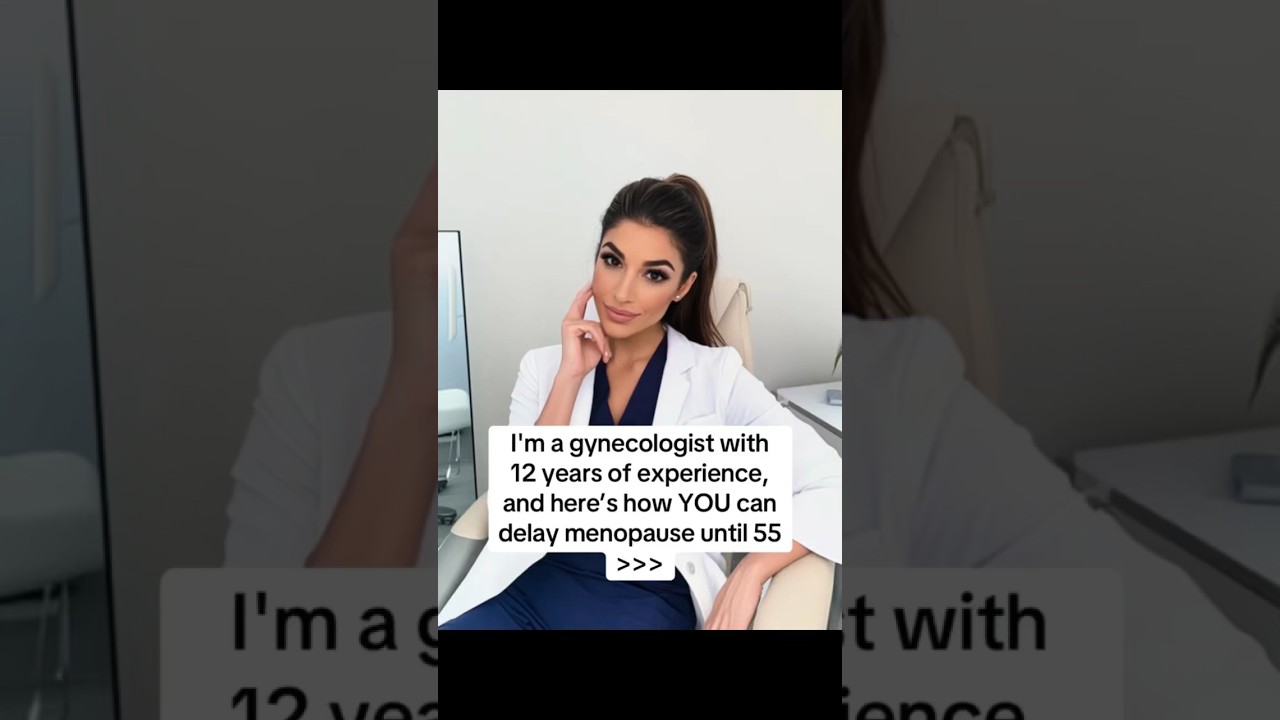The thigh only has one bone in it called the femur. The femur plays a major role in our body. Not only is it the longest bone, but it’s the strongest bone too. It looks just like a bone from a cartoon that runs from the knee to the hip and for most adults it is about 18 inches long. More importantly our femur is responsible for helping us stand and move. Trauma to the femur can be a long journey back to mobilization.
The femur has several parts and affects muscles and tendons. Fortunately, it is so strong that something like a major car accident or serious fall would only be one of a few causes to break it. This is because the femur can hold up to 30 times the weight of a person’s body. Otherwise, only conditions like osteoporosis can weaken its strength over time. The femur even helps out with the circulatory system and some ligaments in the body. The lower part of the femur is called the femur distal aspect. It forms the top of the knee joint where the patella (kneecap) and tibia (shin) meet. There are three parts including the intercondylar fossa, medial and lateral epicondyles, and the medial and lateral condyles. The next part of the femur is the shaft which is the long part. It is what supports all your weight and forms the thigh structure. The shaft has four parts including the popliteal fossa, pectineal line, gluteal tuberosity, and the linea aspera. The femur proximal aspect is the upper portion that connects to the hip joint. It contains the intertrochanteric line and crest, lesser trochanter, greater trochanter, neck, and head.
Injury or weakening of the femur can occur. This could include fracturing it which means breaking it. Unfortunately, this type of break requires a period of immobilization in a splint/cast for bone realignment. Symptoms of fracturing the femur could include swelling, pain, bruising, and/or inability to move your leg efficiently. Patellofemoral pain syndrome (PFPS)
can also occur which is more commonly known as runner’s knee or jumper’s knee. Usually this occurs from overusing the knees, but even getting a new pair of shoes could bring this on. Pain might be felt when going from seated to standing, there could be a popping sound when sitting and standing, and/or pain when climbing stairs. Osteoporosis can accumulate over time which weakens the bones. Some people don’t know they have weak bone density until they actually break a bone.
Maintaining good bone health is very important. Getting a bone density scan, especially annually after age 50 can be a proactive measure to keep osteoporosis at bay. Taking all safety precautions while driving like wearing a seatbelt is critical. Good bone health can be improved with exercise and healthy eating, especially with resistance training, calcium, and protein. We need that femur to literally be able to stand. The femur doesn’t get the credit it deserves for all the weight is carries in our lives. We shouldn’t take for granted the parts of our body we don’t pay attention to or don’t value until it is too late.
Anatomy, Bony Pelvis and Lower Limb: Femur – StatPearls – NCBI Bookshelf (nih.gov)
Journal of Orthopaedic Trauma (lww.com)



